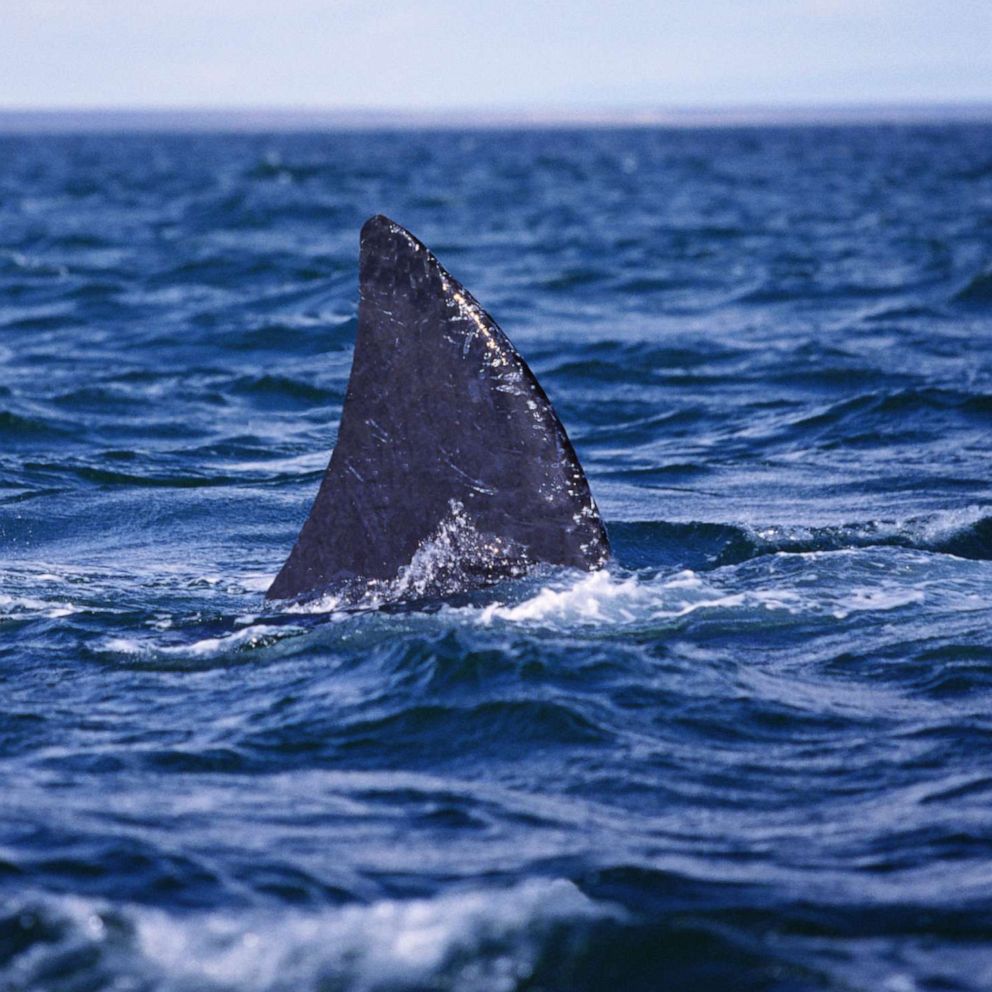Can Navajo Nation Help Rescue Endangered Dem Congresswoman?
Native Americans to play key role in Rep. Ann Kirkpatrick's re-election bid.
Oct. 8, 2010— -- For Arizona Democrat Rep. Ann Kirkpatrick, who was born and raised on an Apache Indian reservation east of Phoenix, the key to re-election may lie with her roots.
Kirkpatrick's district, the vast rural northeastern quadrant of Arizona, is home to the largest Native American population of any congressional district in the country. One-in-five voters is Native American, with most hailing from the Navajo Nation.
While the Native American vote rarely receives attention in state or national elections, it could be a decisive factor in Kirkpatrick's race and other key battlegrounds this year.
The Navajo Nation is holding tribal presidential and council elections also on Nov. 2, and for the first time in Arizona, a Navajo candidate and Democrat will appear on a statewide ballot, running for secretary of state.
Both developments could turn out an infusion of predominantly Democratic supporters for Kirkpatrick and other statewide candidates, observers said.
Kirkpatrick, a one-term incumbent, appears neck-and-neck if not slightly behind her Republican challenger, dentist Paul Gosar, according to several polls. But her campaign has said that the Navajo vote is one reason they're fiercely optimistic.
"What we're seeing is that the race is very close, but most polls that show Ann back, very rarely capture the Native American vote," said a source close to the Kirkpatrick campaign. "Phones can be hard to come by on many reservations."
Native Americans typically make up 16 to 18 percent of the vote in Arizona's first congressional district, with turnout higher in years when the Navajo Nation has concurrently held its elections, as it did in 2002 and 2006.
"The Navajo Nation has a lot of pull in northern Arizona because of the number of people that turn out," said Kimmeth Yazzie with the Navajo Nation Election Administration. "Most are very Democratic, but it does depend on each person's position on the issues."
Yazzie said he expects turnout this year to be at least as strong as it was in 2006, when 66 percent of eligible voters cast ballots in the tribal elections and many cast separate ballots for state races. Statewide voter turnout in Arizona in 2006 was 60 percent.
2010 Election Map: Follow the House, Senate and Governor's Races




